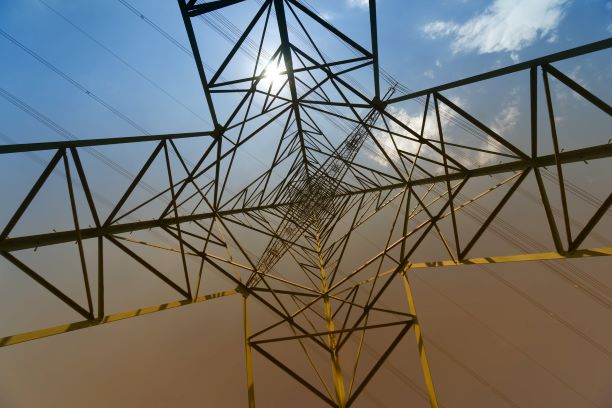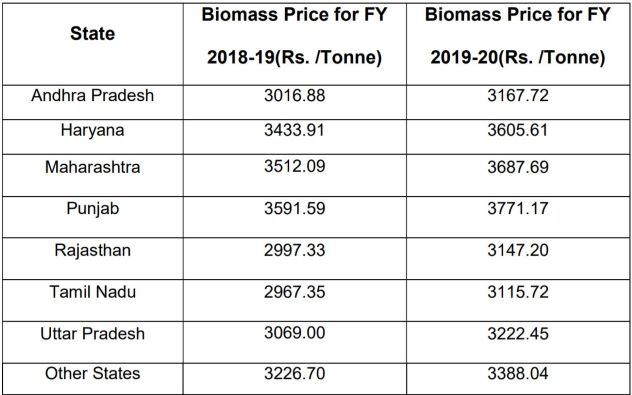CERC Proposes Levelised Generic Tariff for Non solar/wind Renewables in 2019-20

The Central Electricity Regulatory Commission or CERC on 11 Jan released a draft of levelised generic tariff for FY 2019-20 from Renewable Energy Sources. The FY 2019-20 is the third year that CERC is issuing generic tariffs for select renewable energy sources.
The proposed levelised generic tariffs will apply for Small Hydro projects, Biomass with Rankine Cycle, Non-fossil fuel based co-generation, Biomass Gasifier and Biogas based projects, for FY 2019-20. For Solar PV, Solar Thermal, Wind (onshore and offshore), MSW/RDF and other emerging renewable energy technologies, the tariff will be project specific, and not generic.
CERC has taken into account the expected useful life of each project to arrive at the levelized generic tariff structure. According to its order, the useful life of small hydro projects is 35 years, whereas for biomass with Rankine cycle, non-fossil fuel-based co-generation, biomass gasifiers, and biogas-based projects Useful life is proposed at 20 years.
CREC proposes the debt-equity ratio of 70:30 to be considered for determination of generic tariff.
For renewable energy technologies which has fuel cost component, such as biomass power projects and non-fossil fuel-based cogeneration, single part tariff with two components- fixed cost component and fuel cost component, is proposed to be determined.

The commission has proposed retaining previous year’s normative capital cost for biomass-based projects.
The Commission has proposed the Biomass fuel price. The fuel prices have been derived by escalating the notified prices of first year of control period by 5%.

Similarily the commission has proposed Bagasse fuel price, Biomass gassifier projects,Non-fossil fuel co-generation and other cogeneration projects with specifications to different states in its order. The proposal is up for comments up to February 10, 2019. A public hearing will be held for the same on February 15, 2019.
You can access the CERC document here.
The CERC numbers matter because when taken on a state to state basis, the differences can be significant between CERC assumptions and state level bodies. That gives the industry space to negotiate and try for the better option. For example, in MP, the cost of capital is assumed at 12%, while CERC assumes it at 10.4%. There are many such differences, right upto capital cost even in small Hydro, that will hopefully be minimised by the time this order is implemented.




